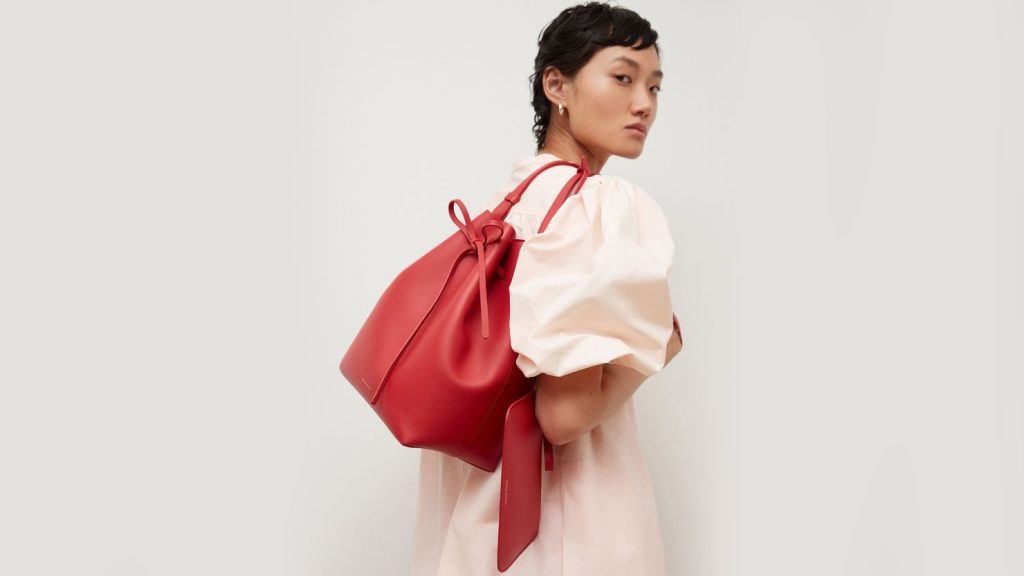Embroidery has been an integral part of Pakistani culture, reflecting the country’s rich heritage and artistic traditions. One of the most exquisite expressions of this art form is seen in the creation of embroidered dresses in Pakistan. These garments are not merely pieces of clothing; they are a testament to the skill and craftsmanship that has been passed down through generations.
I. Historical Significance of Embroidery in Pakistan:
Embroidery in Pakistan has a deep-rooted history, dating back to ancient times. Influences from various dynasties, such as Mughal and Persian, have played a pivotal role in shaping the intricate embroidery styles we see today. Traditional techniques like Zardozi, Resham, and Aari have been cherished and preserved, ensuring the continuation of a rich textile legacy.
II. Regional Diversity in Embroidery:
Pakistan’s diverse regions contribute to a wide array of embroidery styles, each with its unique characteristics. From the vibrant colors of Sindhi embroidery to the detailed work of Balochi craftsmanship, every region adds its own flavor to the art of embroidered dresses. This regional diversity not only showcases the cultural richness of Pakistan but also provides a plethora of choices for those seeking unique and culturally significant garments.
III. Contemporary Trends in Embroidered Dresses:
While traditional embroidery remains popular, contemporary designers in Pakistan have seamlessly blended modern aesthetics with traditional techniques. This fusion has given rise to a new era of embroidered dresses that appeal to both traditionalists and those with a more modern taste. The incorporation of unconventional materials, innovative designs, and a broader color palette has expanded the appeal of embroidered dresses beyond cultural boundaries.
IV. Popular Fabrics and Designs:
Embroidered dresses in Pakistan often feature on fabrics like silk, chiffon, and cotton, providing a diverse range for different occasions. Intricate floral patterns, geometric designs, and motifs inspired by nature are commonly found in these dresses. The meticulous attention to detail and the use of high-quality fabrics contribute to the luxurious feel and timeless elegance of embroidered dresses.
V. Embroidered Dresses in Pakistani Celebrations:
Embroidered dresses hold a special place in Pakistani celebrations, whether it’s weddings, festivals, or other significant events. Brides often choose heavily embroidered bridal dresses, showcasing the craftsmanship and the cultural significance of the attire. Similarly, embroidered dresses for festivals like Eid are highly sought after, contributing to a sense of festivity and tradition.
VI. Global Appeal and Recognition:
In recent years, the allure of Pakistani embroidered dresses has transcended national borders, gaining recognition on the global fashion stage. International designers and fashion enthusiasts have shown a growing interest in the unique beauty and craftsmanship of these garments, further establishing Pakistan’s position as a hub for exquisite embroidered fashion.
Conclusion:
Embroidered dresses Pakistan are not just garments; they are an embodiment of the country’s cultural heritage and artistic prowess. With a rich history, regional diversity, contemporary adaptations, and global recognition, these dresses continue to weave a narrative of elegance and tradition. In a world where fashion trends are ever-evolving, the timeless charm of embroidered dresses in Pakistan stands as a testament to the enduring beauty of cultural craftsmanship.









